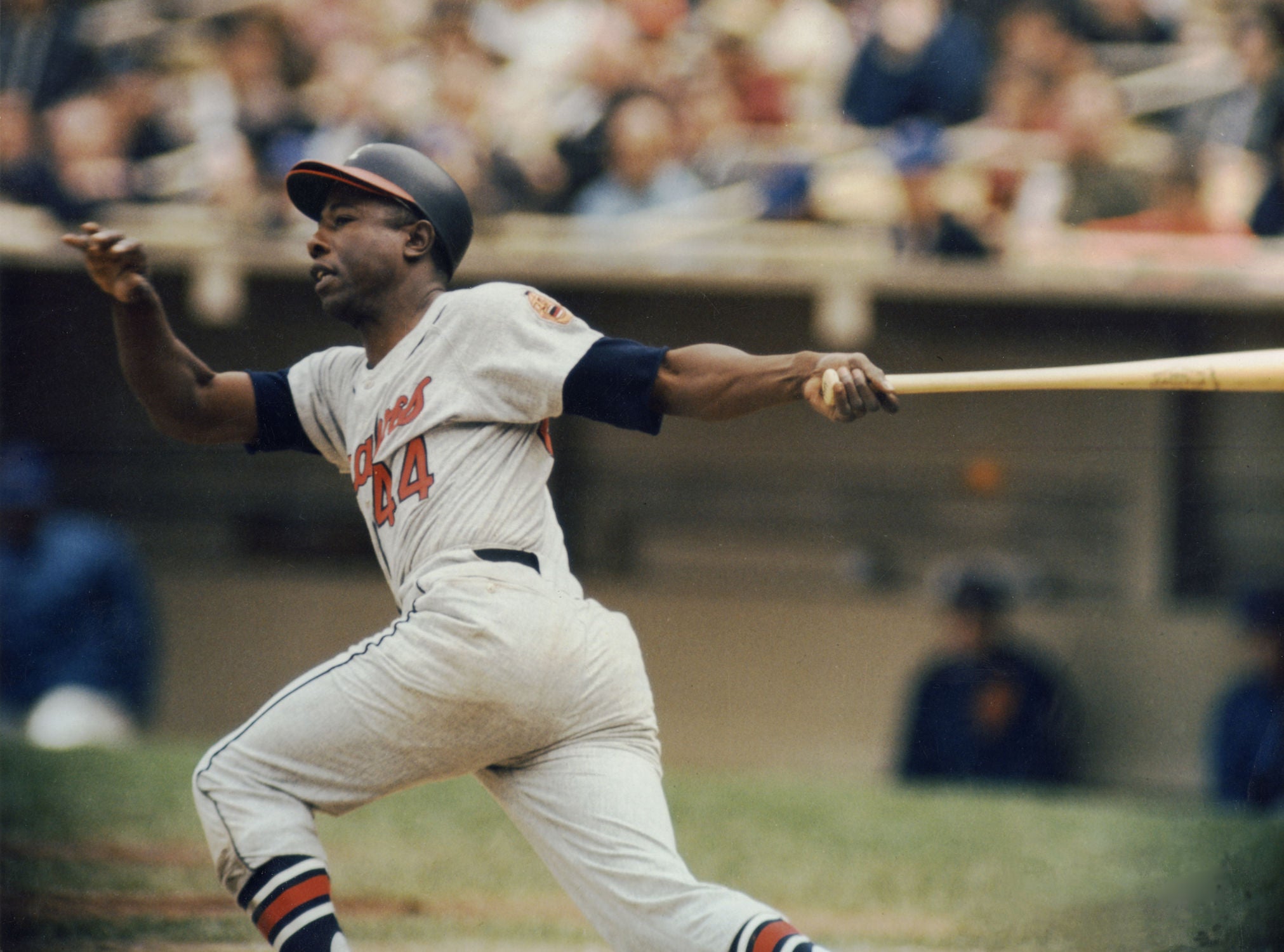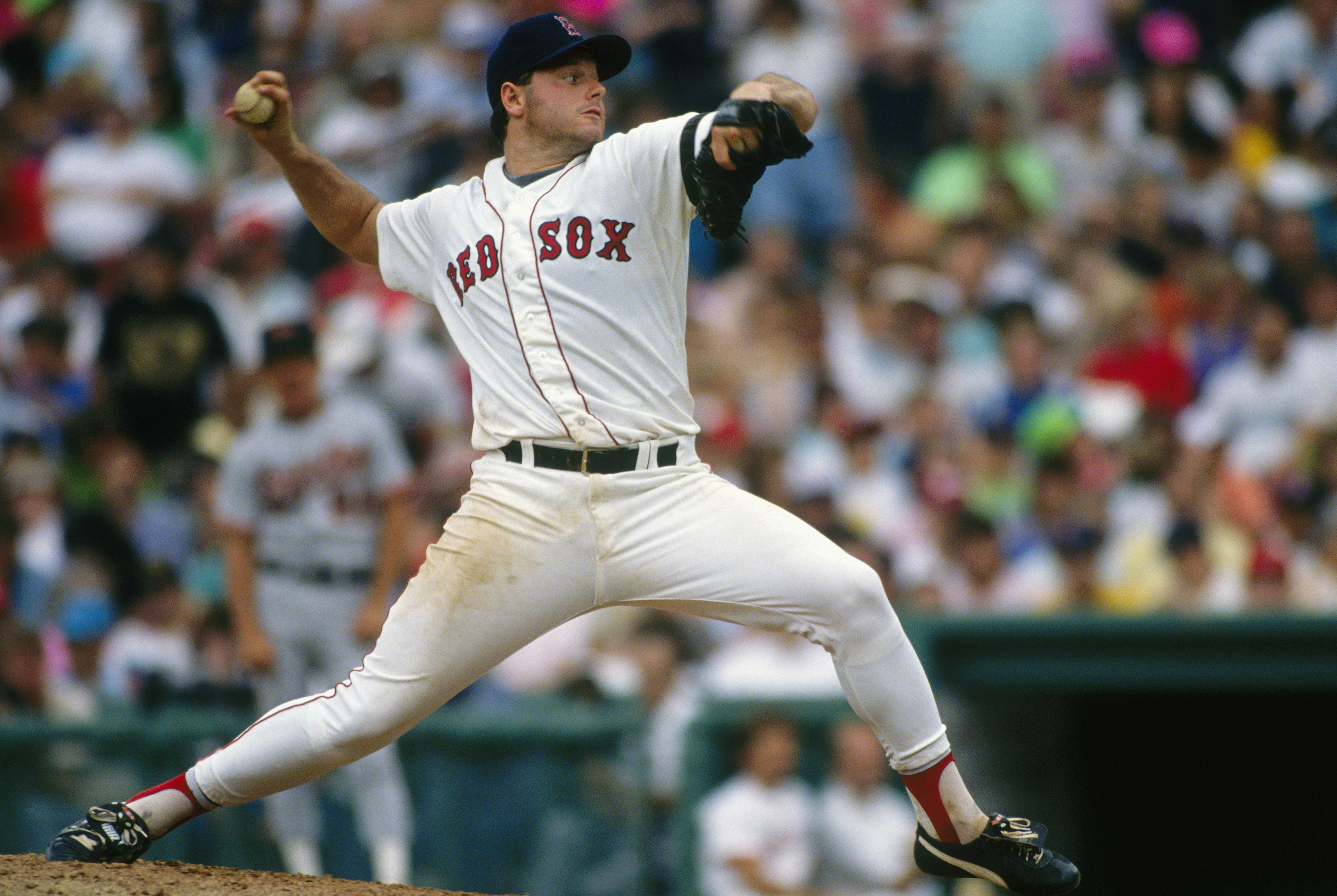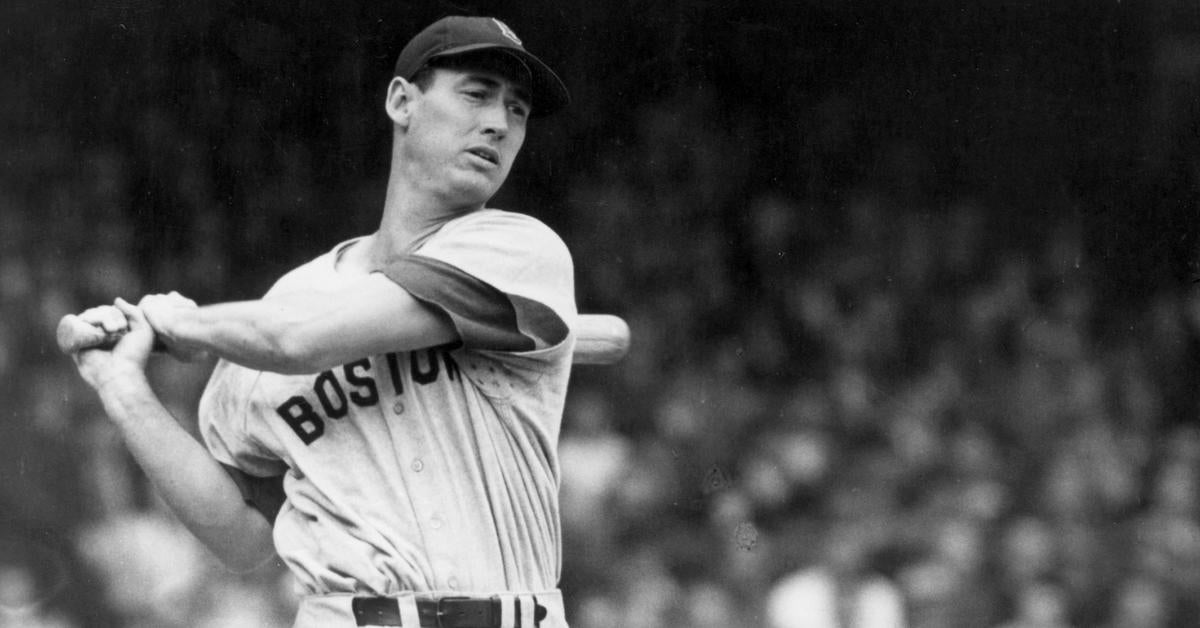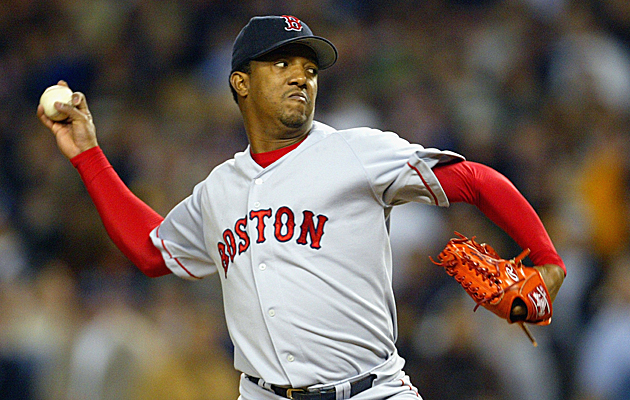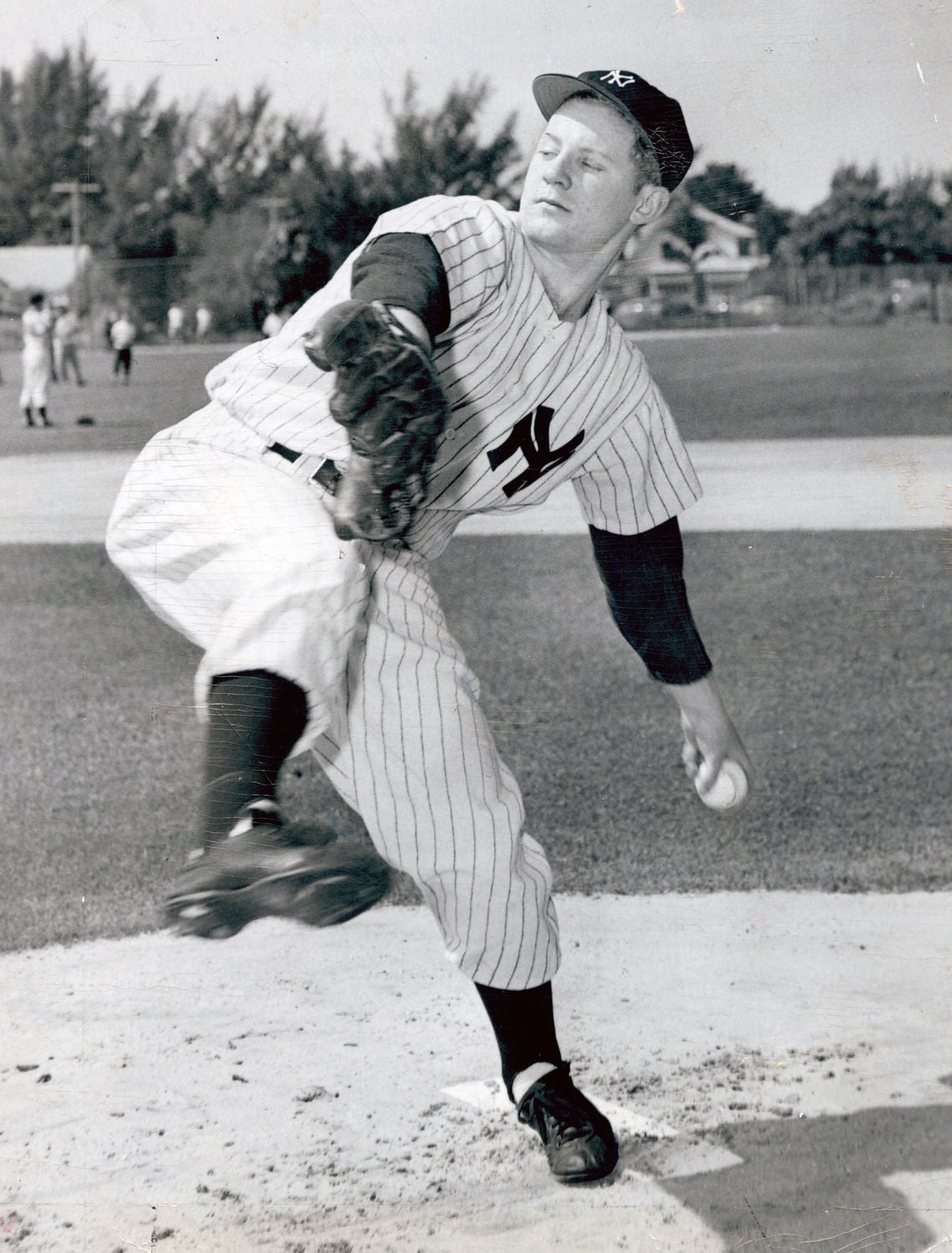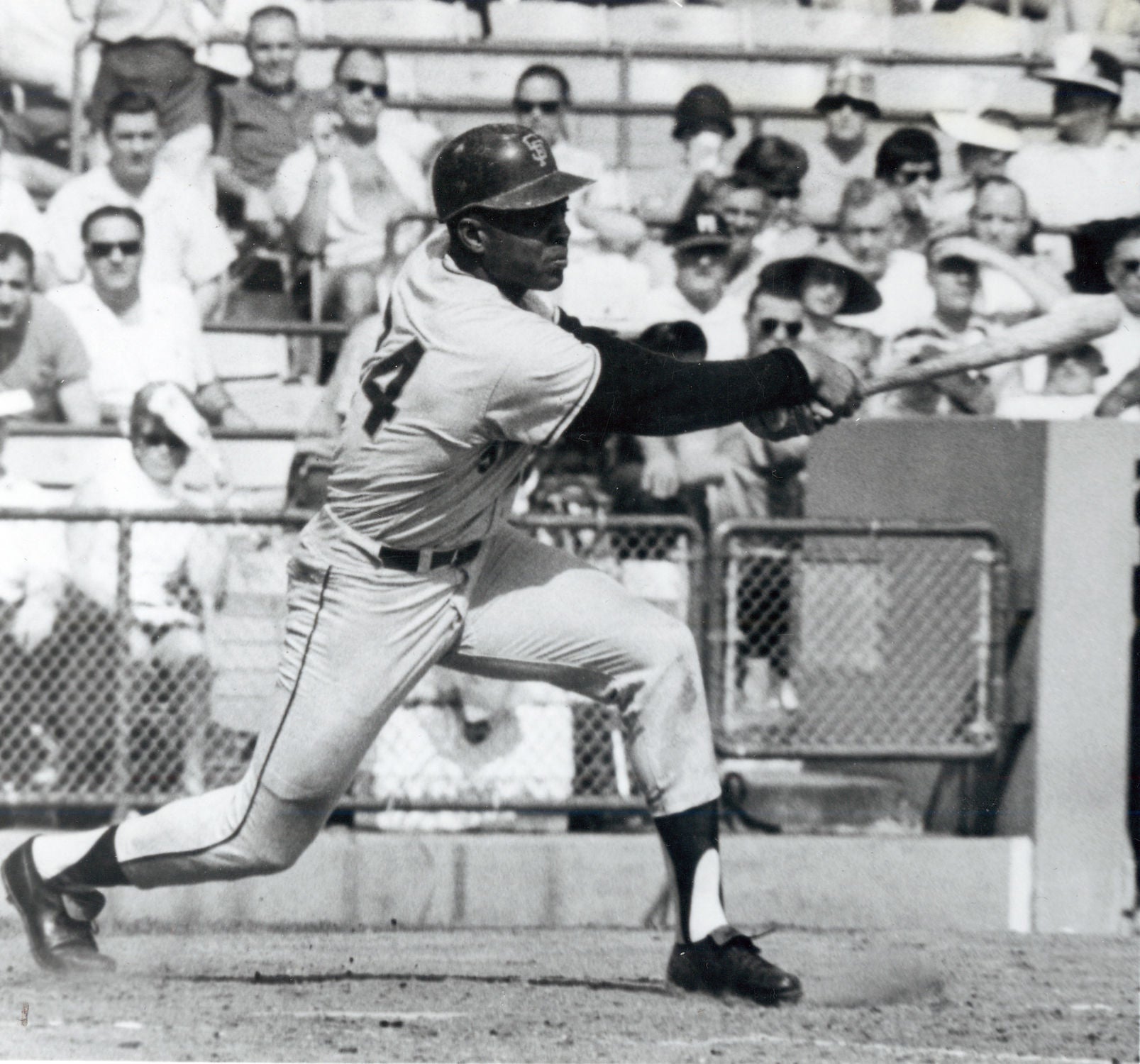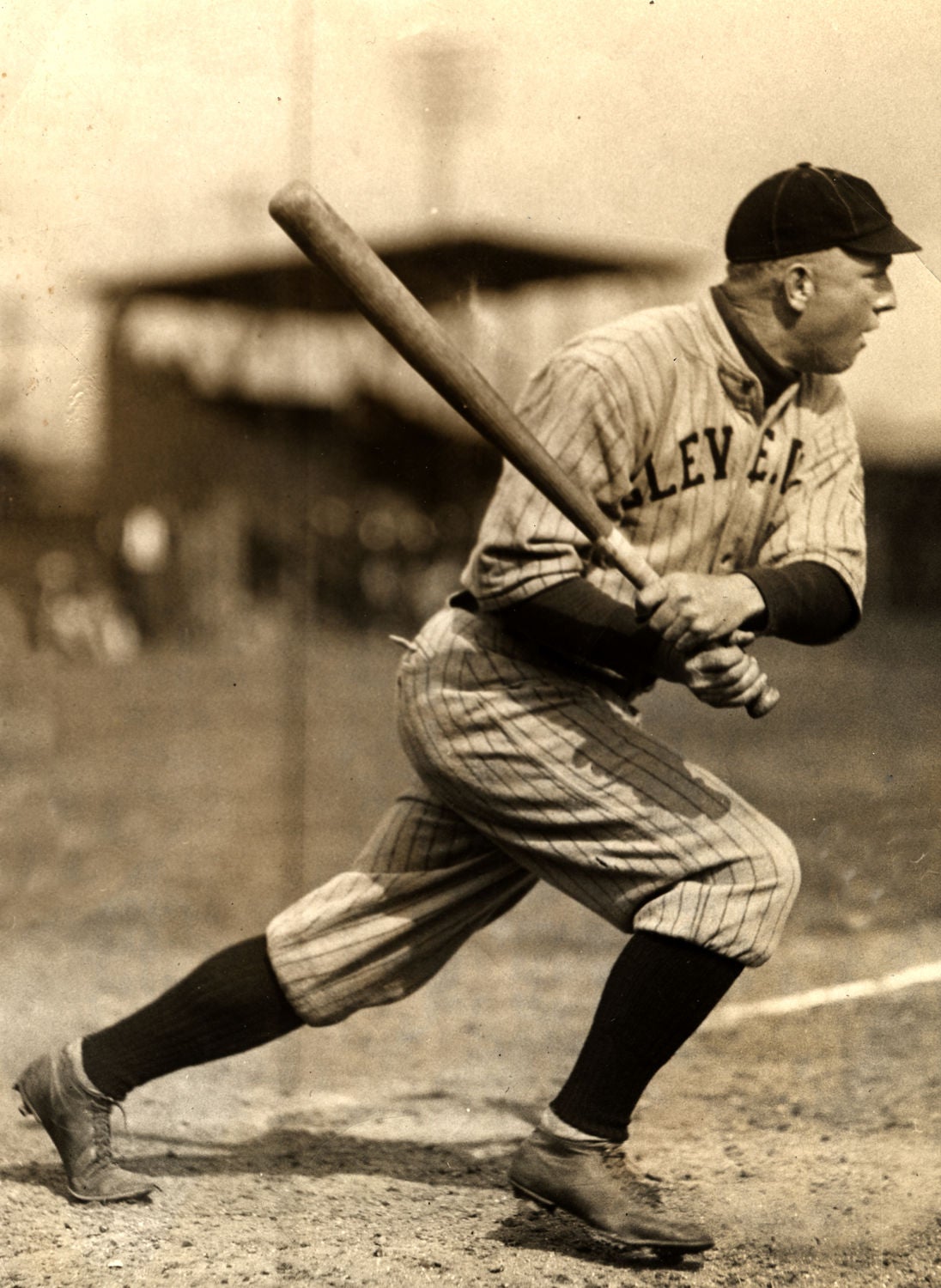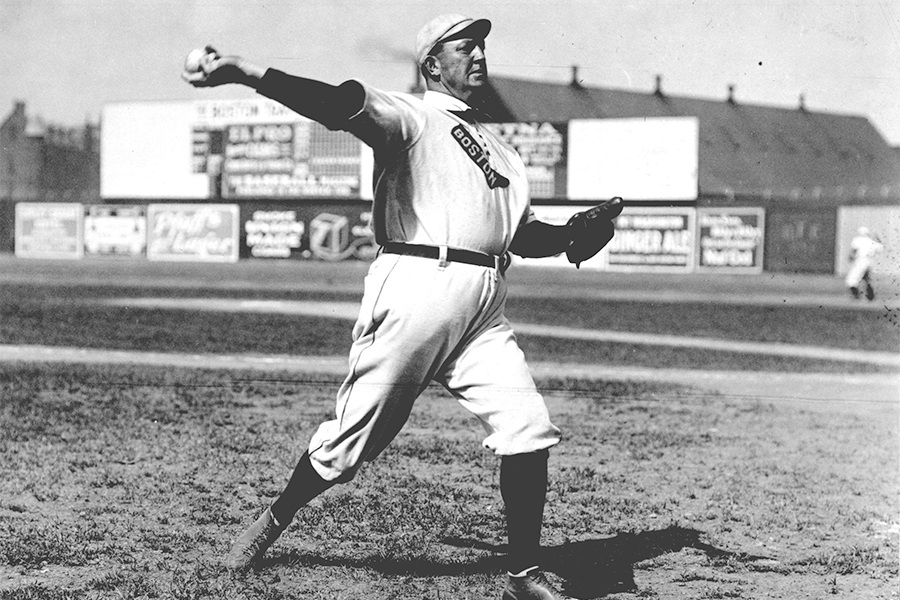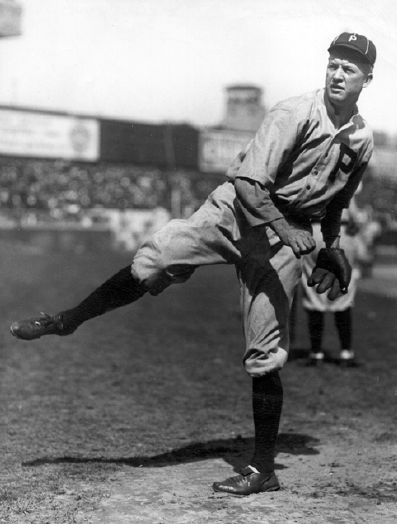Walter Johnson
Walter Johnson was the greatest power pitcher of the dead ball era, and was the MLB strikeout king for 55 years.
Johnson pitched his entire career for the Washington Senators, first appearing for them in 1907 as a 19 year old. In 1908, he had what was probably the greatest week of any pitcher in history. He started 3 consecutive games against the New York Yankees, and threw complete game shutouts in each of them, all within the space of 4 days.
It took a few years before he exhibited that kind of dominance regularly, but in 1910 he had his first superstar season, leading the league with 313 strikeouts and 38 complete games, while recording an ERA of 1.36. Even though he was an amazing pitcher, his team did not make the playoffs until late in his career.
In 1912, he led the league with 303 strikeouts and a 1.39 ERA in what was probably the greatest single pitching season ever. The next season he lowered his ERA to 1.14, which is still the sixth-lowest in history, and also led the league in wins for the first time, which was enough to earn him his first Triple Crown and the MVP award.
In that decade, he led the league in strikeouts in 8 consecutive seasons and 9 overall, wins 5 times, ERA 4 times, and complete games and shutouts 6 times each. He wasn't quite as dominant in the 1920's, but he had one more great season in 1924, winning his third Triple Crown and his second MVP at age 37.
He also got the Senators to their first World Series that year, and though he lost Games 1 and 5 of the series, he came in in relief in Game 7 and pitched 4 scoreless innings to take the championship. In a return appearance the next season, almost the exact opposite happened. He pitched well in his first 2 starts in the series, but ended up losing in Game 7 in his last appearance in the final series.
In 1913, Johnson pitched an AL record 55.2 consecutive scoreless innings, and in 1918 he had another streak of 40 straight, making him the only pitcher ever to have 2 streaks of that length. He was the first pitcher ever to reach 3000 strikeouts, and it was 51 years before another pitcher, Bob Gibson, would join him in that club.
He is still the all-time record holder for shutouts, with 110, 20 more than Grover Cleveland Alexander, who is #2 on the list. He is #2 on the wins list, behind only Cy Young, and held the all-time strikeout record for over 55 years, when Nolan Ryan, Steve Carlton, and Gaylord Perry all passed him in the same season.
He still holds the record for most seasons leading the league in strikeouts, with a total of 12, one more than overall strikeout king Nolan Ryan. He was also one of the original 5 members of the Baseball Hall of Fame, along with Babe Ruth, Ty Cobb, Honus Wagner, and Christy Mathewson, and there is little doubt that he is one of the greatest to ever step foot on a baseball diamond.
